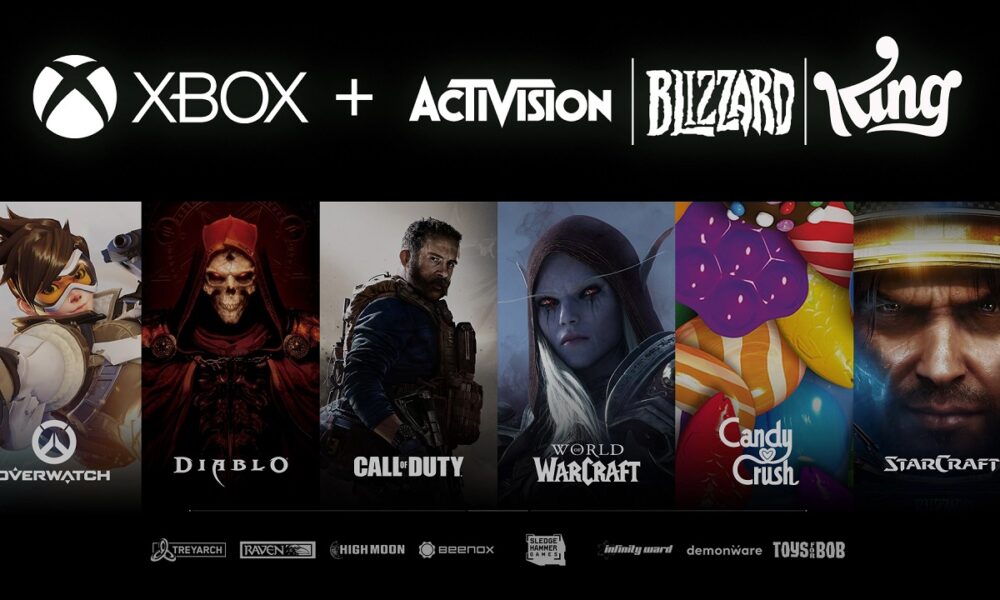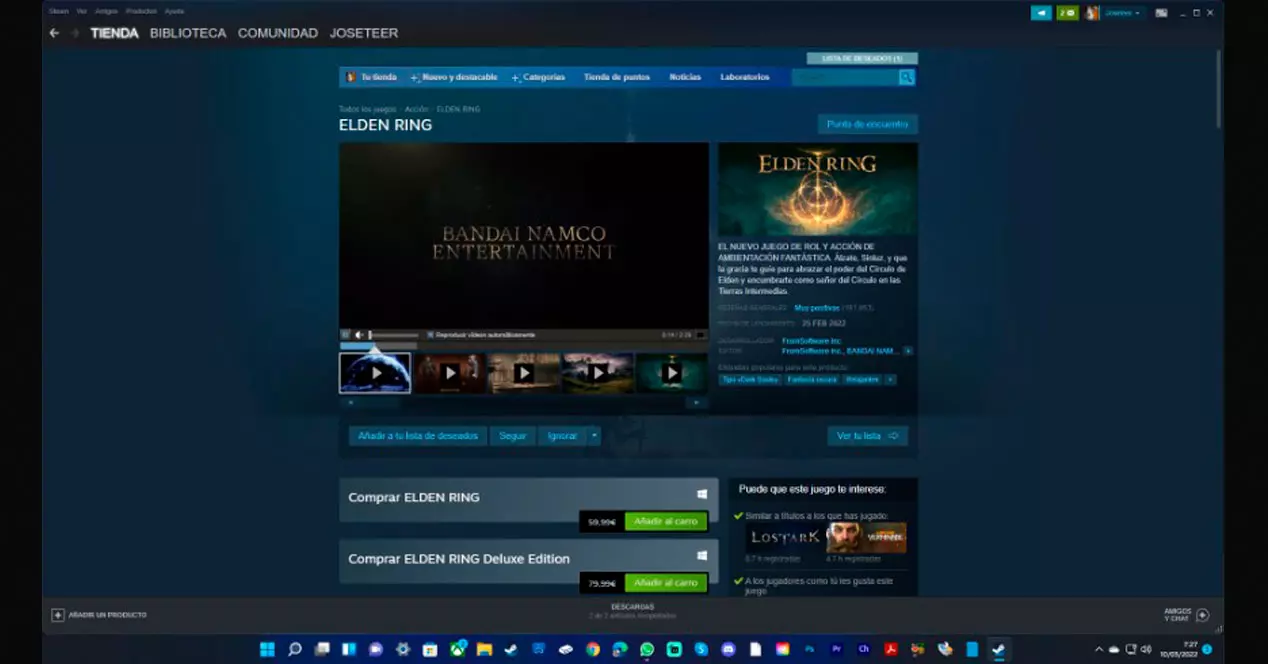
The processes, whether legal or bureaucratic, that companies like Microsoft must face on certain occasions, become collaterally a more than interesting source of information on precisely what these companies prefer to hide. We recently had a clear example of this with the legal confrontation between Apple and Epic Games as a result of the expulsion of the latter’s titles, including Fortnite, from the iOS application store. In these cases, companies are forced to provide information that, in one way or another, ends up being publicly disclosed, something that we can be quite clear that they are not amused at all.
In this sense, all the obstacles that Microsoft is having to face so that the regulators give the go-ahead to the acquisition of Activision-Blizzard King They are also providing very juicy information about all the parties involved. Even more so, because this also tends to stimulate many people to gather even more information that, even though it was public, had not yet come to light. A clear example of the latter can be found in the considerations made by Sony, in its patents, about its rivals in the console market.
Of course, companies can use some resources to try to oppose the disclosure of such information or, at the very least, to limit the volume of it and hide certain aspects, either in view of its presentation to regulators and/or judicial authorities, or at the moment in which said entities proceed to make public the information they have received to carry out their assessments. And something like that is what we find in this case.
Most intriguing redactions from last week’s amended complaint in the gamer lawsuit against the Microsoft-Activision deal:
– A Microsoft franchise sequel on a possible 10-year dev cycle
– A presumably detailed explanation of something bad from May 2022 (Redfall/Starfield delay?) pic.twitter.com/OJETHAy8MM— Stephen Totilo (@stephentotilo) April 20, 2023
We must begin by making a brief mention, since the truth is that it does not deserve to dwell on it too much, that a group of people decided to take Microsoft to court for their plans to buy Activision-Blizzard King, and that they requested the magistrate to whom that cause was assigned to block the operation. As a legal professional, the judge required the necessary information, assessed it, and decided to dismiss the claim, although she granted a temporary margin for the plaintiffs to provide more information. What is interesting about this is the documentation received and assessed by the magistrate.
As we can read in VGC, a document signed by a senior executive of Microsoft claims that they are working on a sequel to a game, in a process that can take up to 10 years to develop. The name of said title is indicated in the original document, but for understandable reasons, the copy of it that has been publicly disclosed is full of black marks that prevent us from clearing up the unknown as to which sequel it refers to.
As you can imagine, this has caused speculation about the title in question to skyrocket. There are quite a few voices that suggest that it refers to the long-awaited next installment of The Elder Scrolls, a title that was announced in 2018 and that now, in 2023, still does not seem to be close. However, another very real possibility is that it is a sequel that has not yet been announced, and this opens up the range of possibilities in a more than considerable way.
On the other hand, it is also interesting in terms of focusing on how games have grown and grown, surpassing even film productions in economic and time requirements. Ten years to develop a game is a long, long time, which also makes us wonder if part of that period is due to problems during this process. In short, there are many questions that at the moment have no answer, but that invite us to speculate about names, dates and so on.



